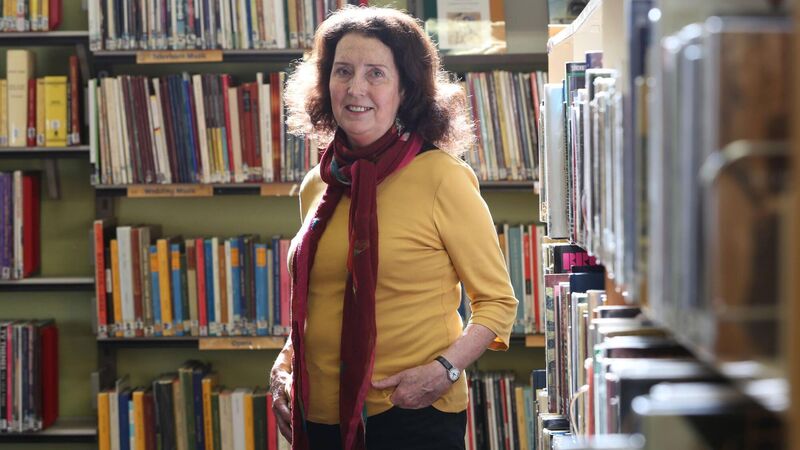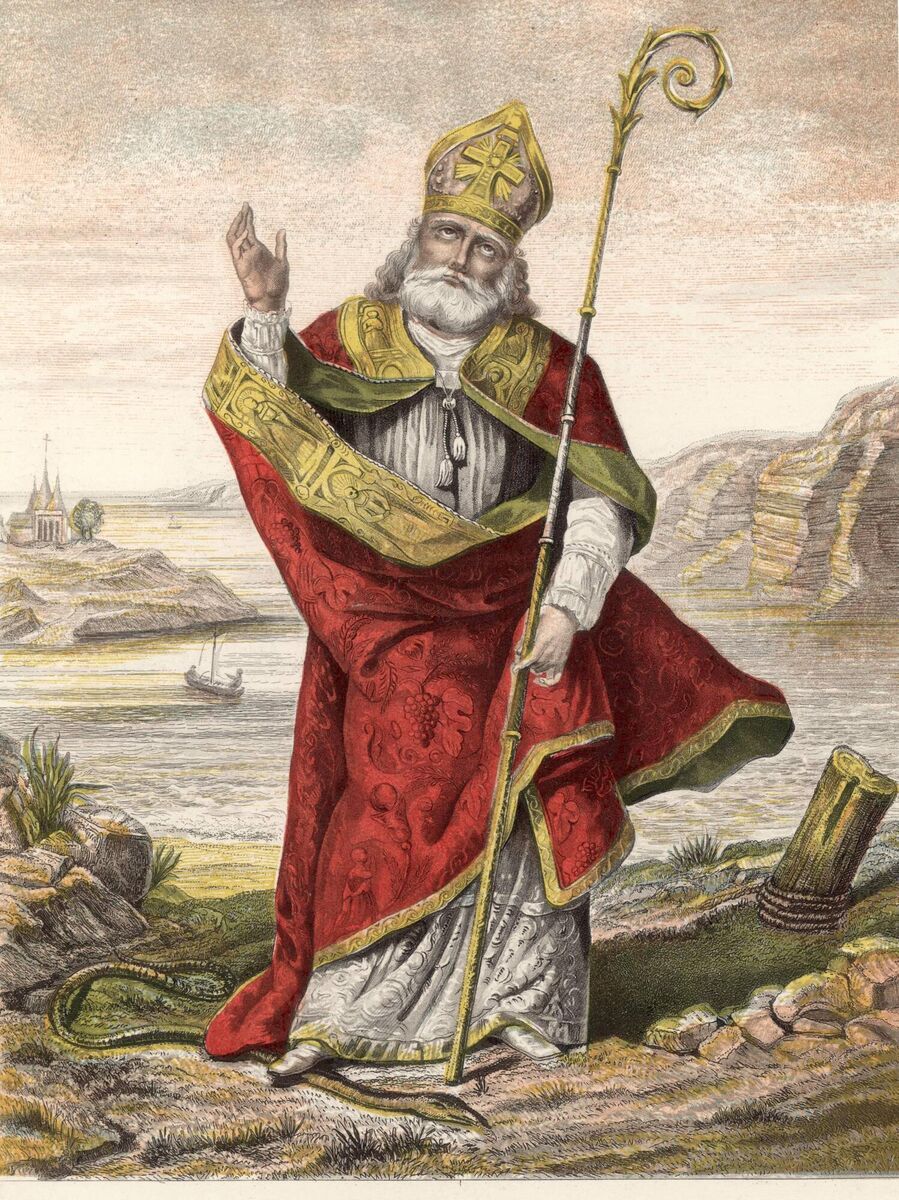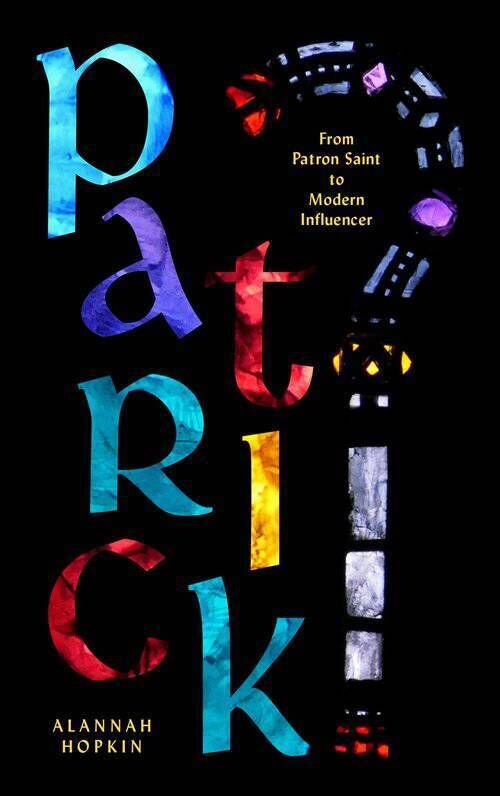Alannah Hopkin on St Patrick: finding Ireland's wider picture

Alannah Hopkin: "Ireland has changed - hugely for the better"
- Patrick: From Patron Saint to Modern Influencer
- Alannah Hopkin
- New Island Books, €24.95
When I originally wrote this book in 1987 I had carried an Irish passport for barely 10 years. Born in Singapore to an English father and an Irish mother, who, being born before 1948, carried a British passport, I was naturally considered British.









